
The first mission and capital of California (Baja & Alta)…
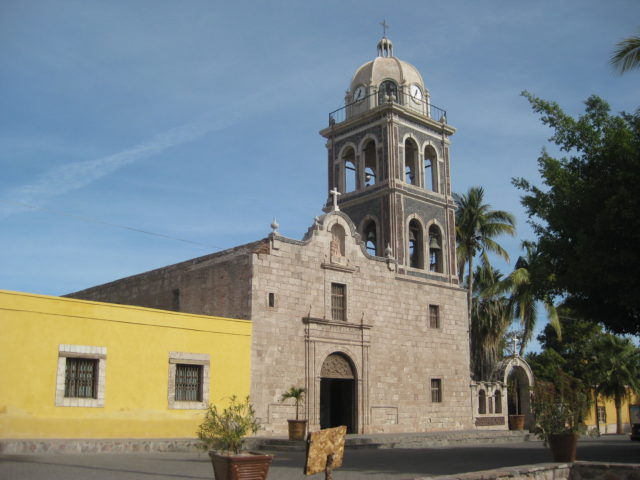
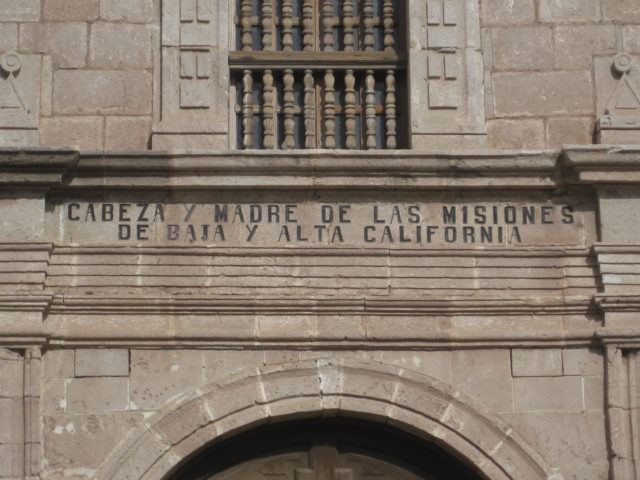
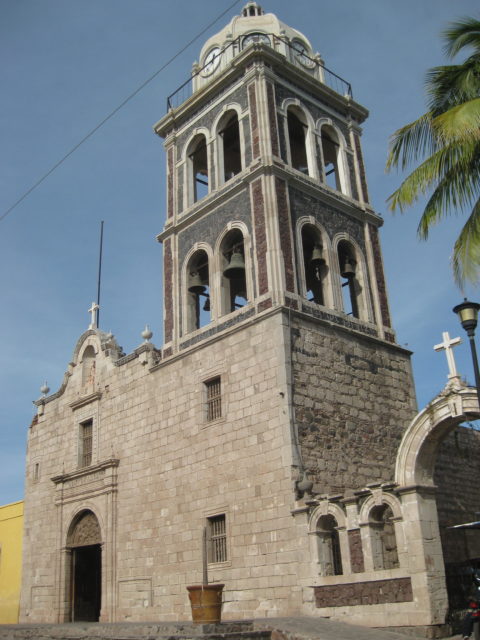
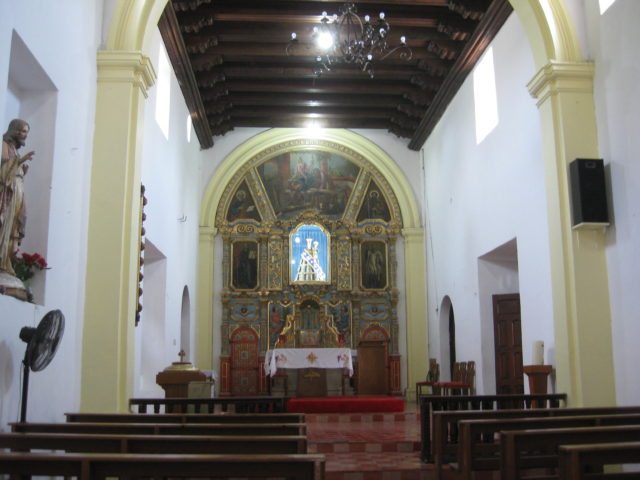
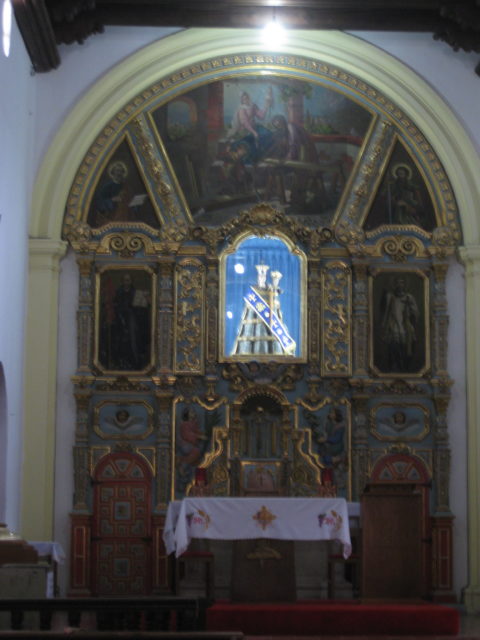
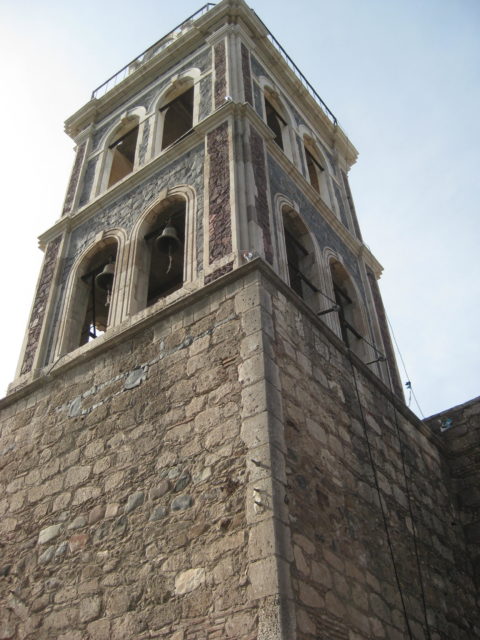
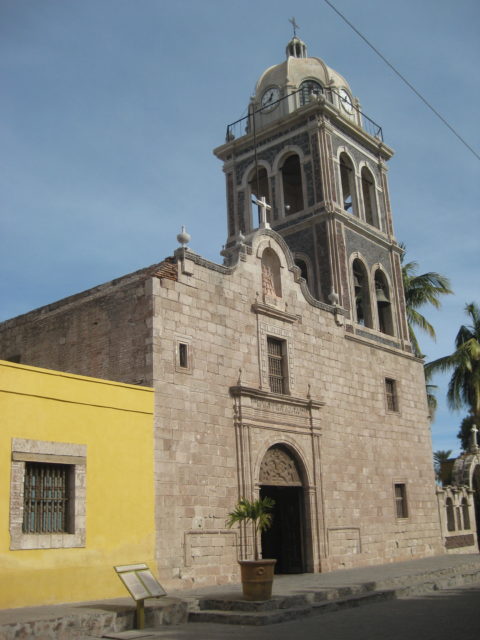
I got a room at the Hotel Angra for 830 pesos (=$41.50), it has secured parking in front of the rooms, which are in a courtyard of sorts. It was nice, had Wi-Fi, and a continental breakfast was included.
The place is new, the room is nice. The only gripe was a neighbor’s rooster was crowing at midnight the first night and barking dog was active the next night. Neither were the management’s fault, of course.
I want to say what a great dinner I had with Baja Nomad ‘ncampion’ who picked me up at the hotel and took me to Orlando’s. A winner, for sure! I had the Cilantro Fish plate and Nick had the Mango Fish plate. Ice cold Pacificos made it a complete meal with chips and salsa.
END of DAY 4.
DAY 5: LORETO TO LIGUI
Today I explore around Loreto.
Okay, so first thing is, being a history guy, I wanted to see what came of the first fishing resort in town, from the 1950s, the Flying Sportsman Lodge. It had the town’s first pier in front. It was the cover of the famous 1966 Ray Cannon book, The Sea of Cortez:
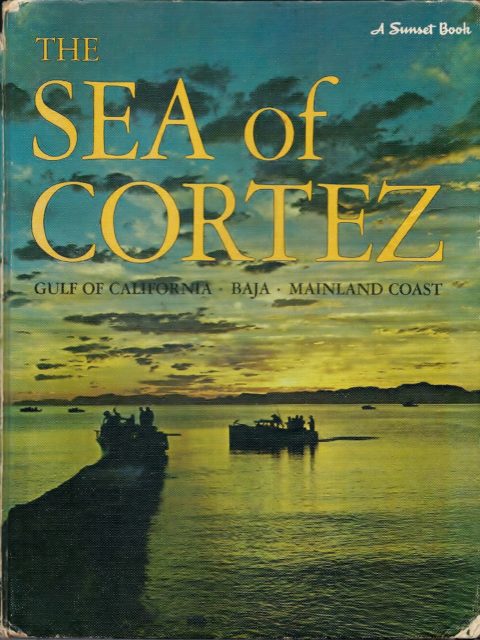
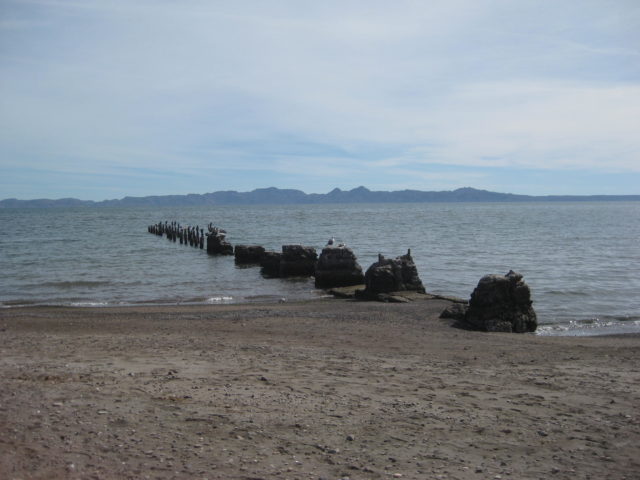
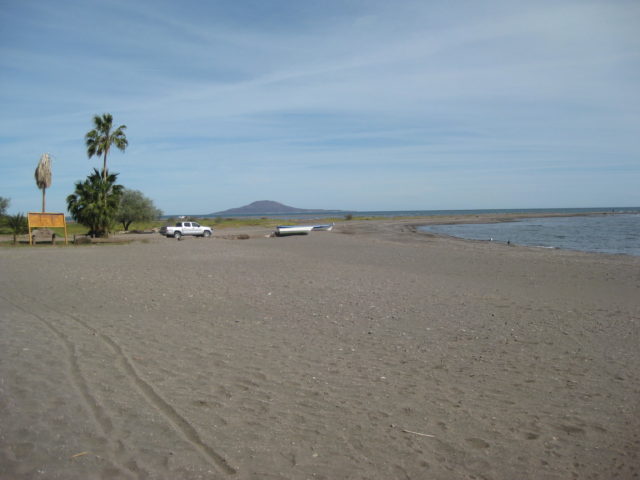
On south to see any camping possibilities between Loreto and where the highway begins to climb the sierra and leave the gulf coast for La Paz.
Km. 117+ is the paved highway west to San Javier, where I will go tomorrow. This is about 1 mile south of Loreto’s entrance road.
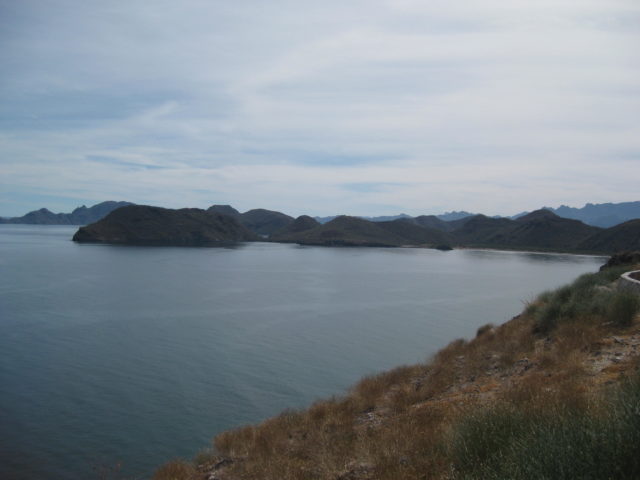
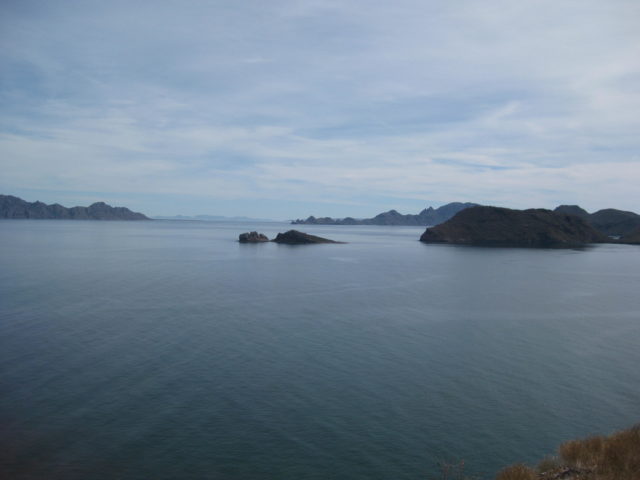
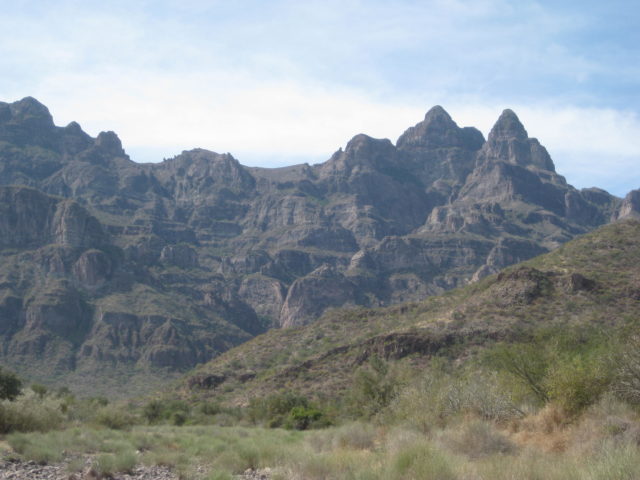
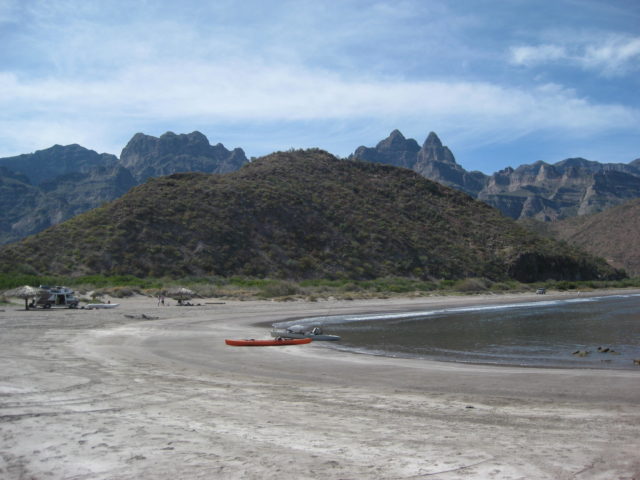
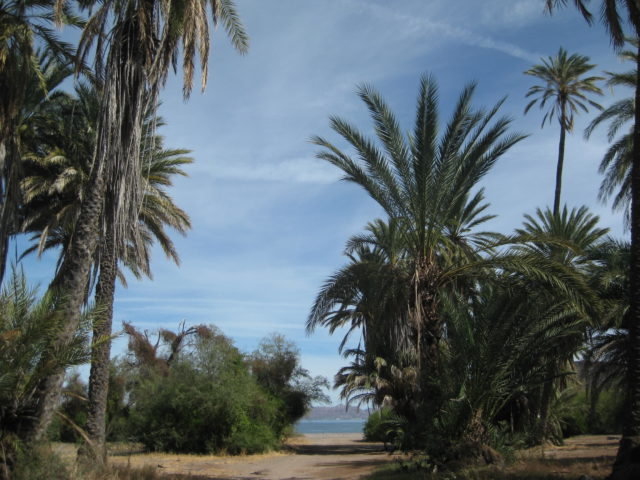
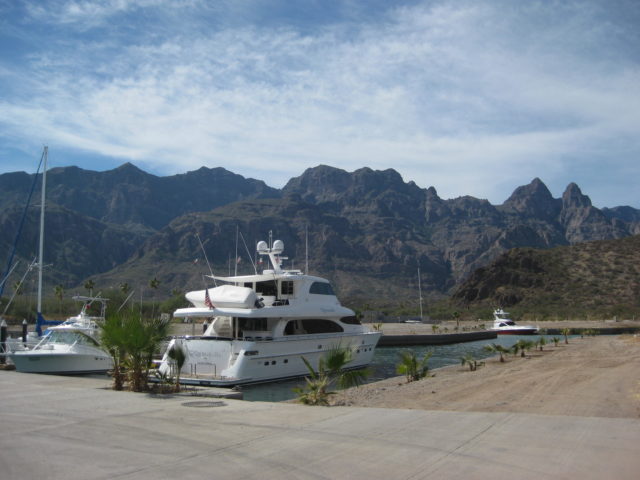
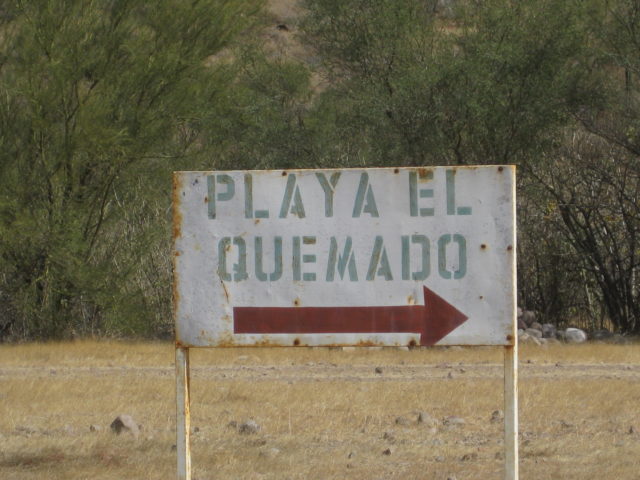
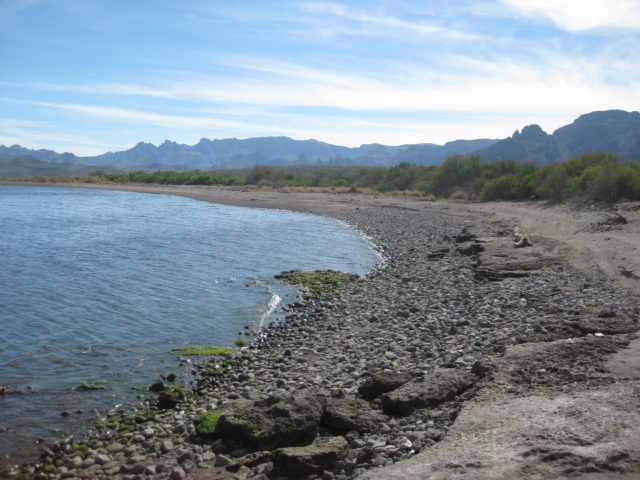
Mission site of San Juan Bautista de Ligüí (de Malibat), 1705-1721 (Km. 84+ & 0.5 mile east)
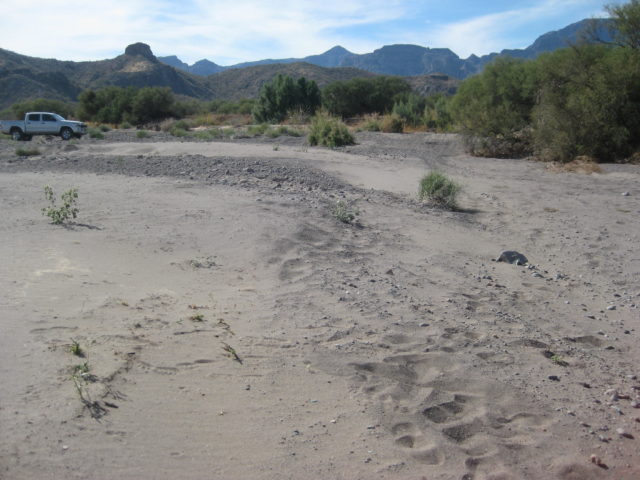

Playa Ligüí, Km. 84+ & 0.9 mile east.
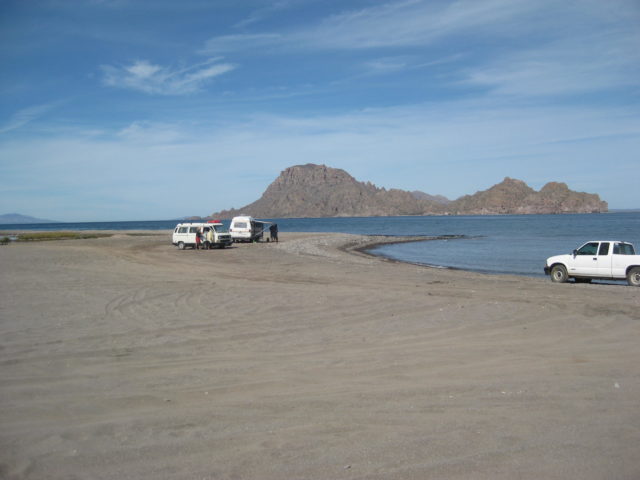

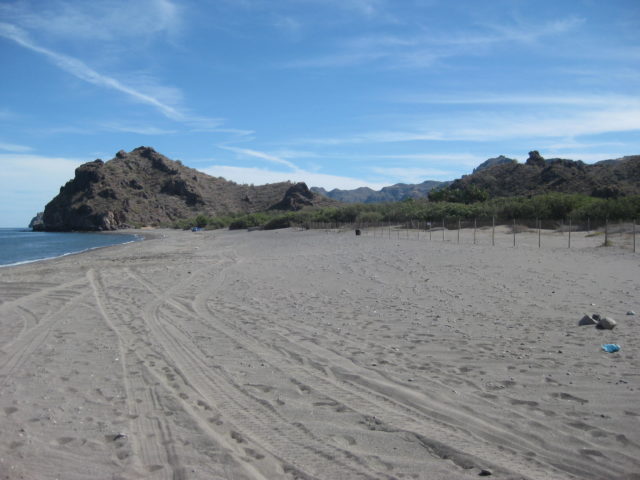
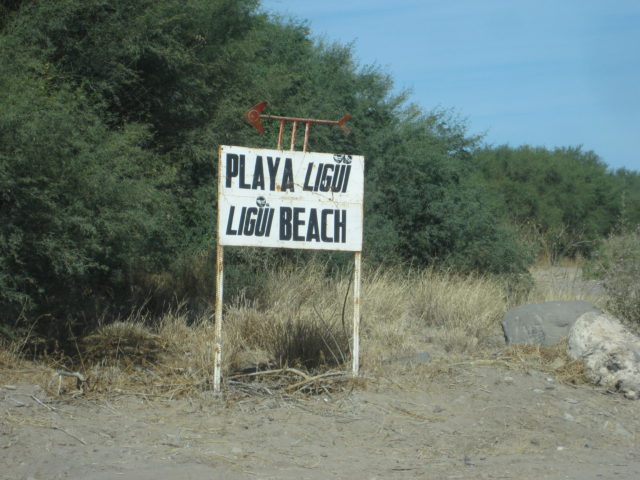
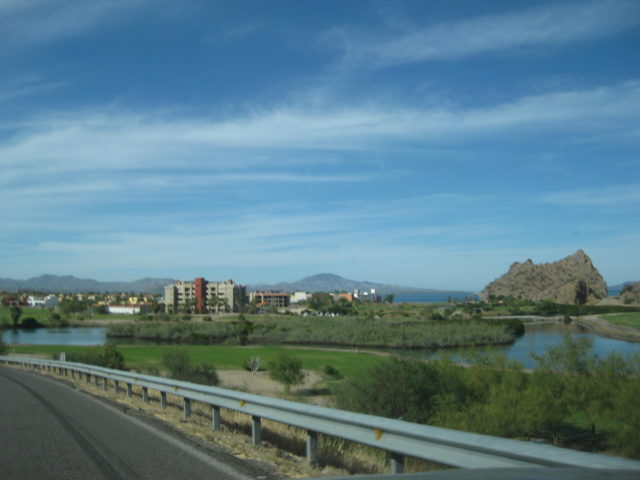
DAY 6: Sat. Feb. 4, 2017; Loreto to San Javier
Mike Younghusband meets me at the Pemex station, right across the street from my hotel entrance at 8 am. After topping my tank, I follow Mike as we head west, into the Sierra Giganta mountains.
If you get a chance to read Padre Piccolo’s diaries of how he founded Mission San Javier, in 1699, it gives a connection to what it was like before bulldozers and dynamite!
I first traveled to San Javier in July 1973 on the original auto road blasted through in the 1950s and again in 1976. Only a mule or burro could bring supplies from Loreto before then, traveling on the first leg of El Camino Real, the Jesuit mission road connecting the missions that would be built throughout this land that many still thought was an island.
Now, a modern highway has been built up the mountain. In 2009, it was completed about half the distance, when I was last up this way. Now, flash floods try to take it out, but crews are on top of things and are improving damaged areas.
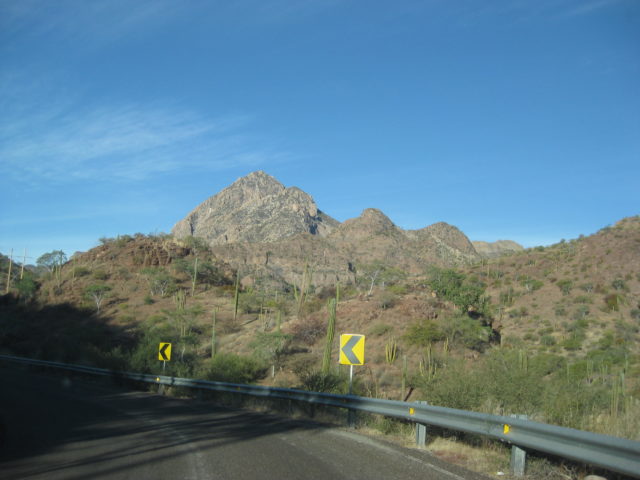
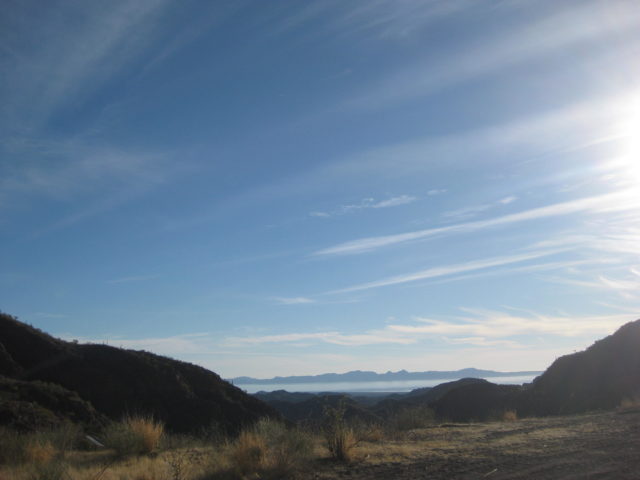
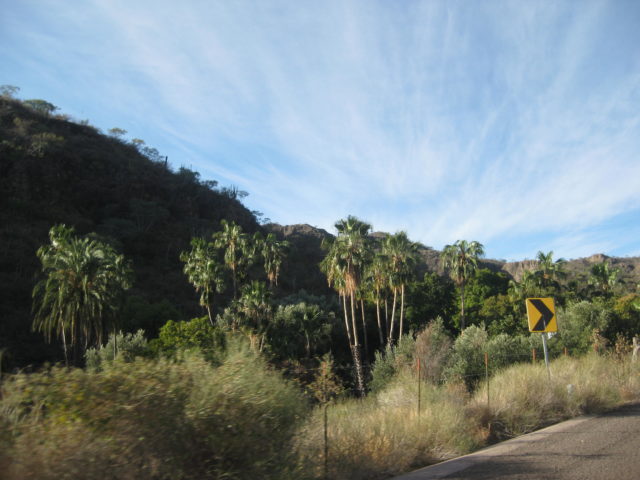
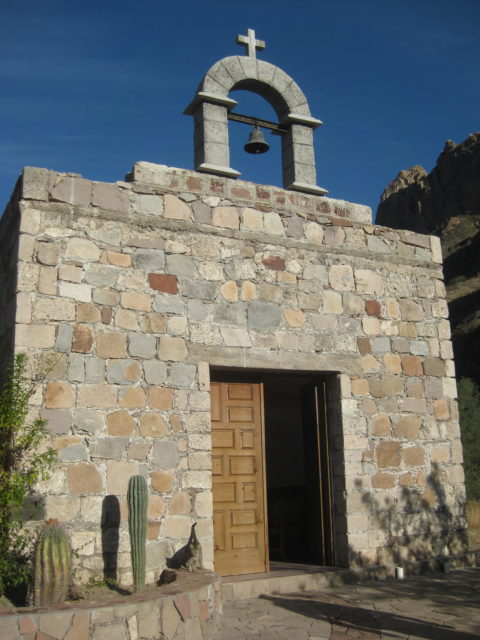
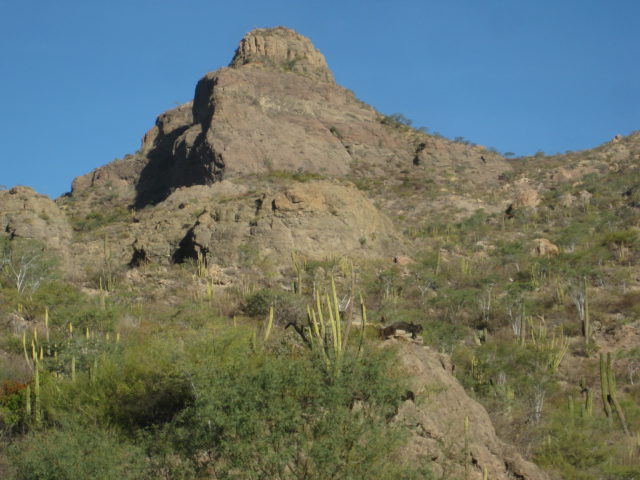
Km. 24.5 is Rancho Nuevo, on the left. Here, Mike introduces me to “Bule” who arranges for anyone to go on a mule ride adventure.
Km. 25.5 is Rancho Viejo, on the right. This was the first location of Mission San Francisco Javier de Biaundo from May 11, 1699 to 1710, when Padre Juan de Ugarte moved it 5 miles south.
Km. 27.5 Unsigned junction with road to San José Comondú, 26 miles.
Km. 34 SAN JAVIER
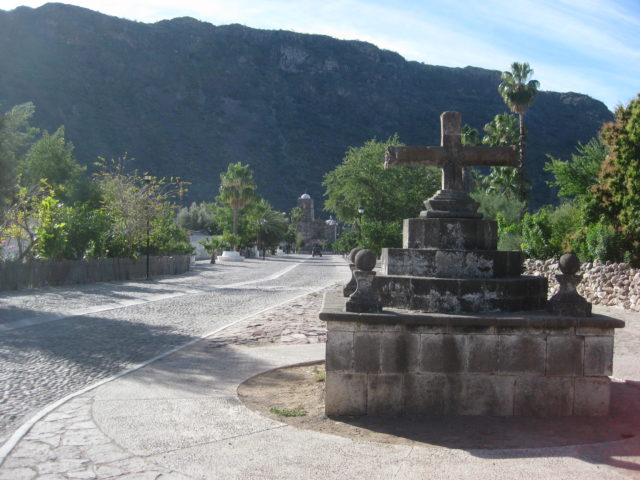
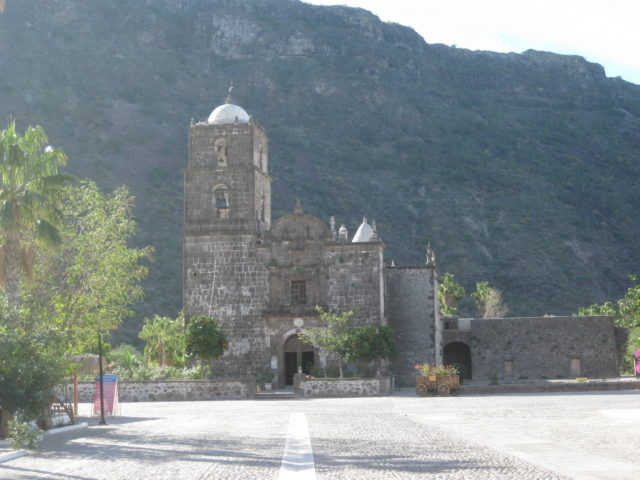
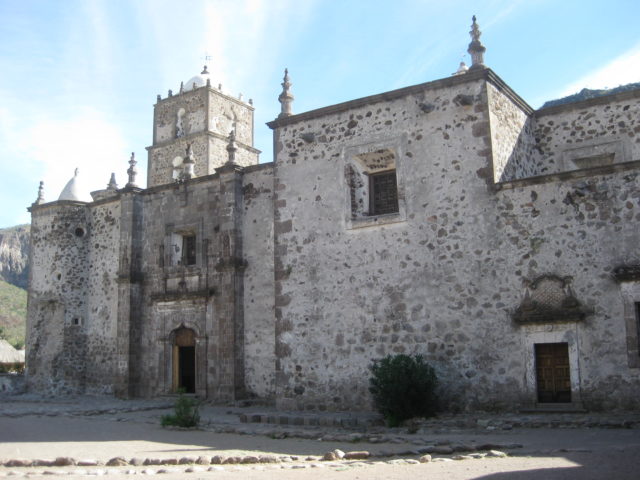
Mike shows me the trail to the back side of the mission and we follow the water canal and see the old old olive tree.
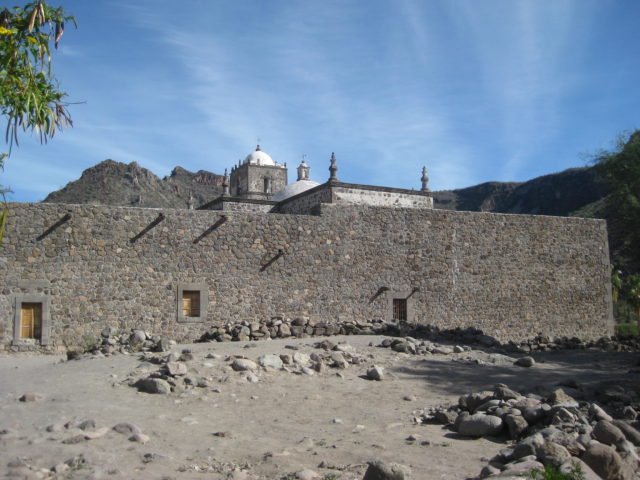
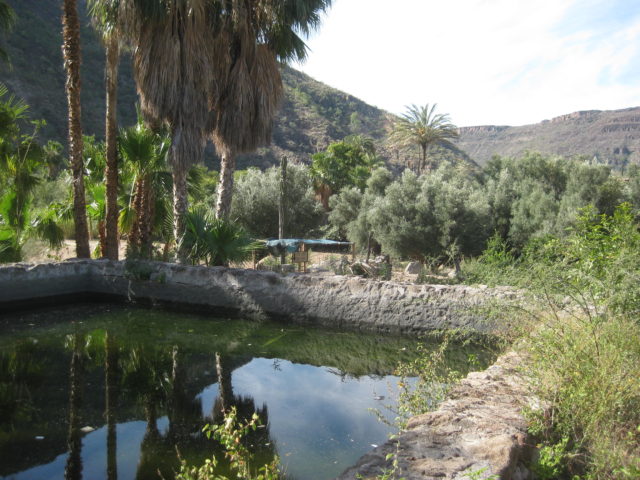

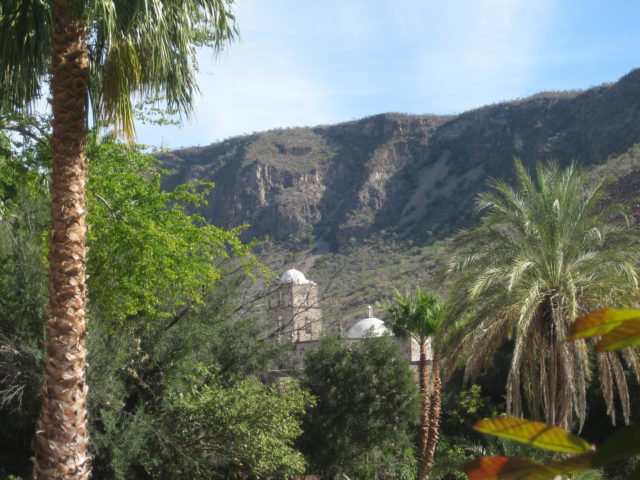
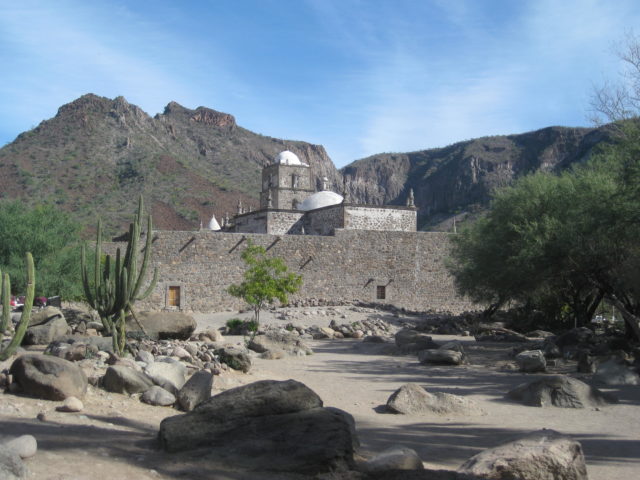
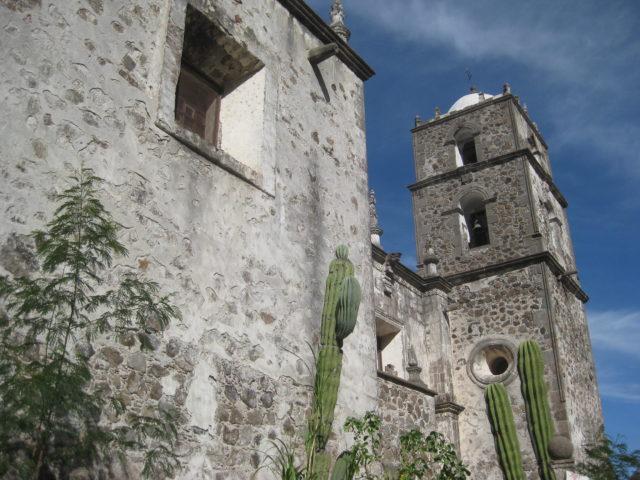
We have quesadillas at the little restaurant on the west side of the street near the mission and then head north 4 miles to the Comondú junction, and I say goodbye to pavement for the next many hours!
Some history:
California BEGAN in Baja!
Discovered in late 1533 or early 1534, and thought to be the mythical island where the only metal was gold and ruled by Queen Calafia over a population of only women! Sailors were captured for breeding. Any male children were fed to the griffins.
The first colony was started by Cortez himself in 1535, at La Paz (he called it Santa Cruz). It failed after two years, the land was too harsh and the natives too hostile.
The missionaries made efforts to get a foothold on the land in 1683. Again, after two years, that idea was abandoned.
In 1697, with knowledge gained from past failures, the Jesuit Order of Catholic priests founded the first California mission, at Conchó, and named in Nuestra Señora de Loreto Conchó. Loreto was the first of 27 missions on the peninsula of California and 21 in the land to the north that had no name, other than New California or Upper California. San Diego was the 19th California mission, founded 72 years after Loreto.
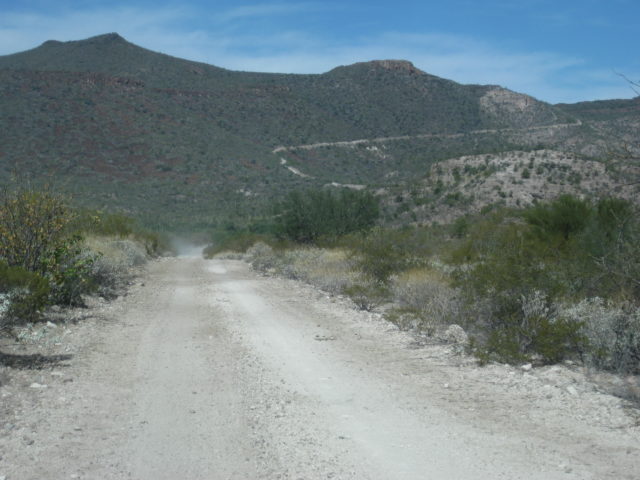
The road between San Javier and Comondú is not bad for a few miles, but do you see that grade ahead? That is pretty rough and coming down the other side to El Horno is even rougher. I used 4WD about halfway up that grade. To help going down the other side, I used low range for improved gear-brake-assist. From El Horno to Comondú, the road was good again. See road log, below.
Mike wanted to show me something he and Wilderone discovered while looking for petroglyphs during their mule trip through the area.
We parked and went hiking along an abandoned road.
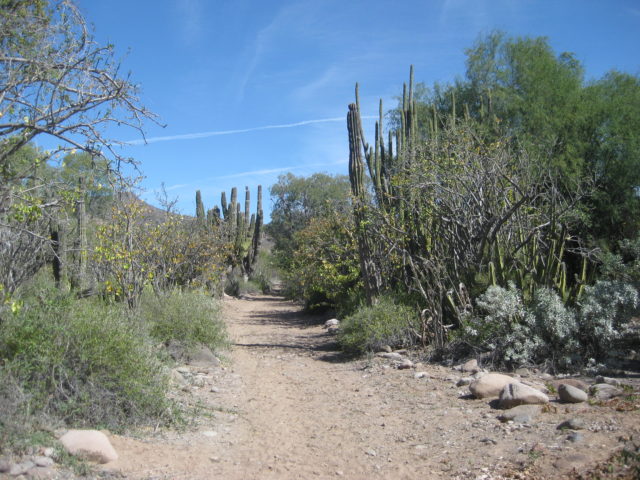
Mike found the spot, it was a large flat area, above the arroyo, where a whole village may have been, based on the number of metates (grinding stones and bowls)… https://en.wikipedia.org/wiki/Metate
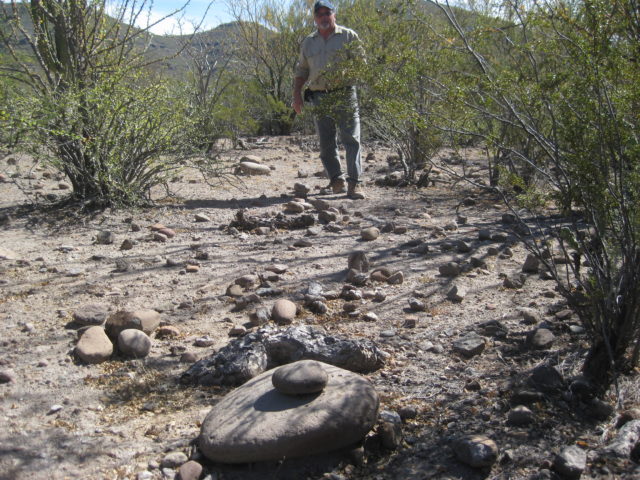
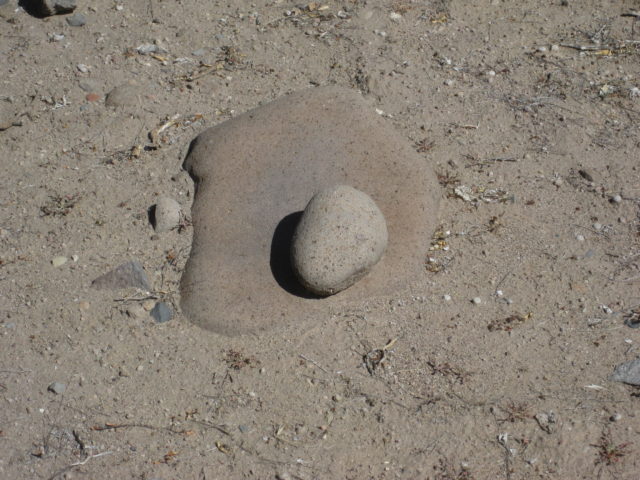
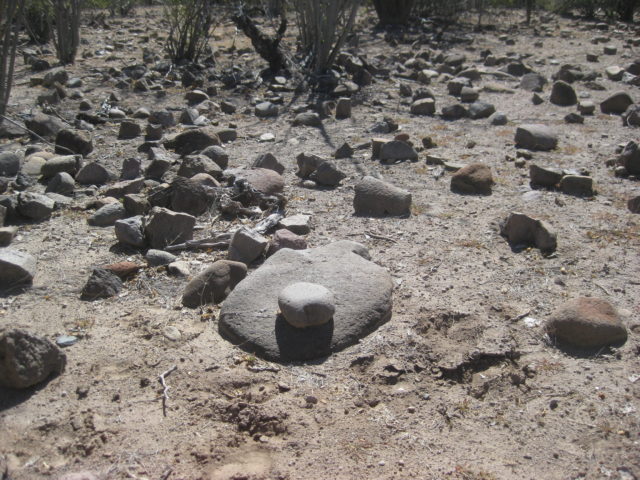
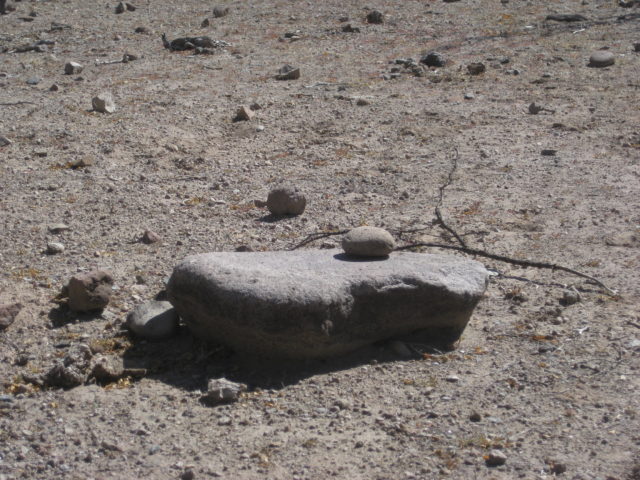
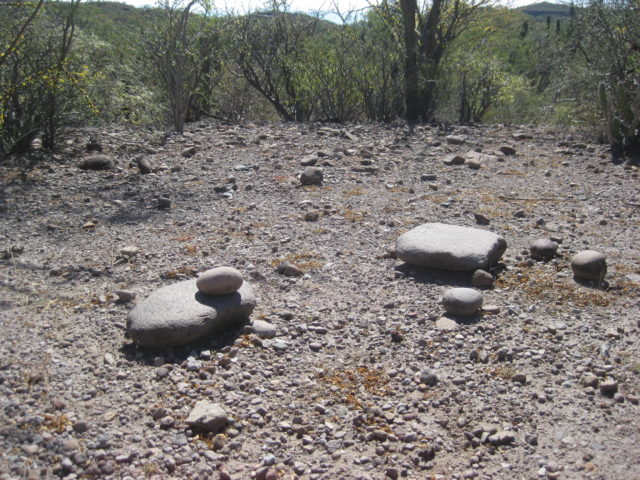
VERY COOL! Baja is the best at taking us back in time!!
Later, we took a walk to this stream before Mike returned to Loreto and I continued on to Comondú.
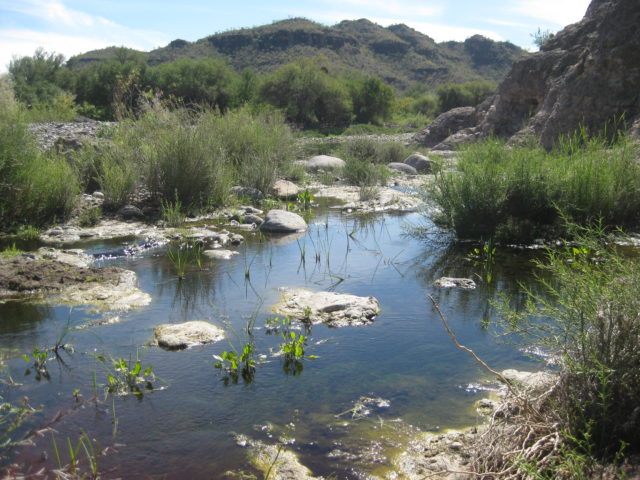

Continues on the next page…